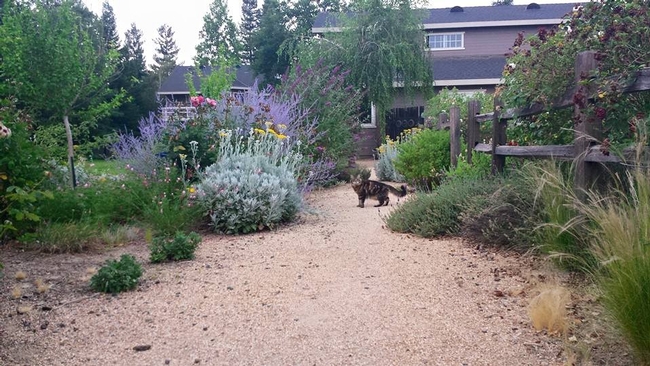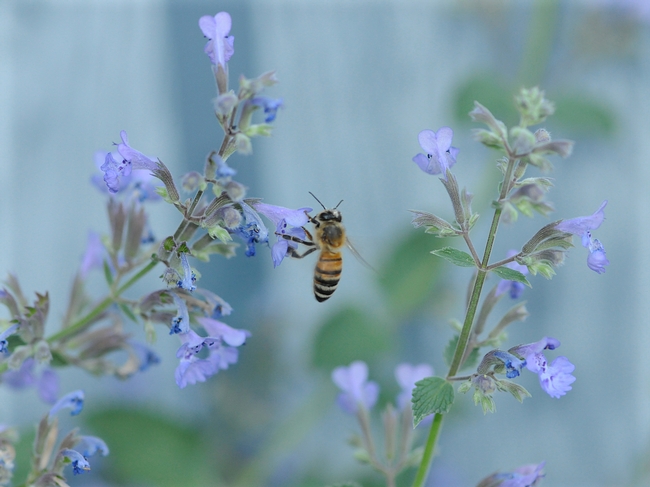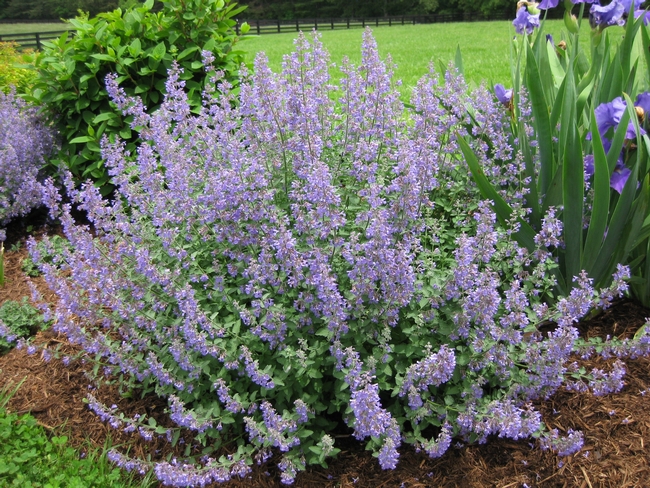- Author: Melissa G. Womack
- Author: Missy Gable
Dedicated to Rascal Snowden.
Some of us garden for ourselves, others for our children and pets. When it comes to gardening for your fur friends, especially cats, catnip is the first thing that most people think of. Catnip (or catmint), Nepeta cataria, is in the mint family, Lamiaceae. Members of this aromatic family include many common herbs like rosemary, basil, thyme, oregano, lavender and perilla. Nepetalactone is the compound in catnip that gives it a fragrance. Not all cats respond to nepetalactone but those that do are drawn to the garden to sniff, roll around and generally enjoy the plant.
Traditional catnip, Nepeta cataria, should be planted with caution. It re-seeds readily and therefore requires a fair amount of maintenance to keep the plant from getting out of hand. Fortunately, there are numerous kinds of catmint that a gardener can choose from, all with the same cat alluring nepetalactone.
Look for a catmint with valuable landscape qualities such as a long blooming period and maneagable growth habit. All Nepeta attract pollinators, are drought tolerant, rabbit and deer resistant, and according to the American Chemical Society may help repel mosquitos from the garden.
A common and favorite catmint is Walker's Low catmint (Nepeta racemosa ‘Walker's Low'). This particular catmint was the 2007 Perennial Plant of the Year and is an attractive garden showstopper with a soft gray-green foliage and bright lavender-blue flowers. It is suitable in Sunset zones 1-24 and does not reseed like other Nepeta racemosa.
Many gardeners use Walker's Low catmint as a groundcover although with flower spikes 2-3 feet tall, it can easily be placed farther back in a planting bed and still get attention. This easy to grow catmint tolerates full sun and morning sun with afternoon shade.
If you are looking to give your garden some “cattitude”, take a little time to look into the many catmints available and which one is most suitable for your space.






